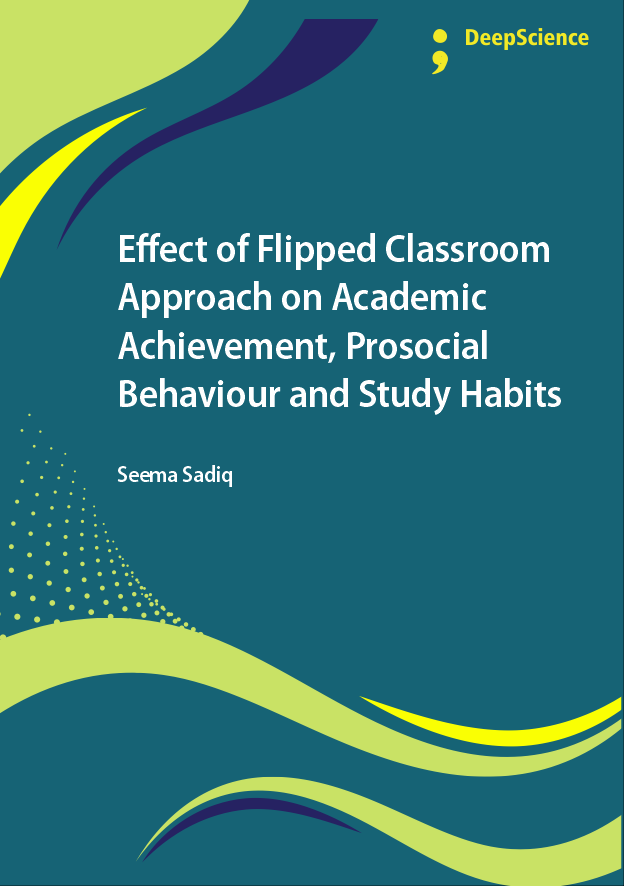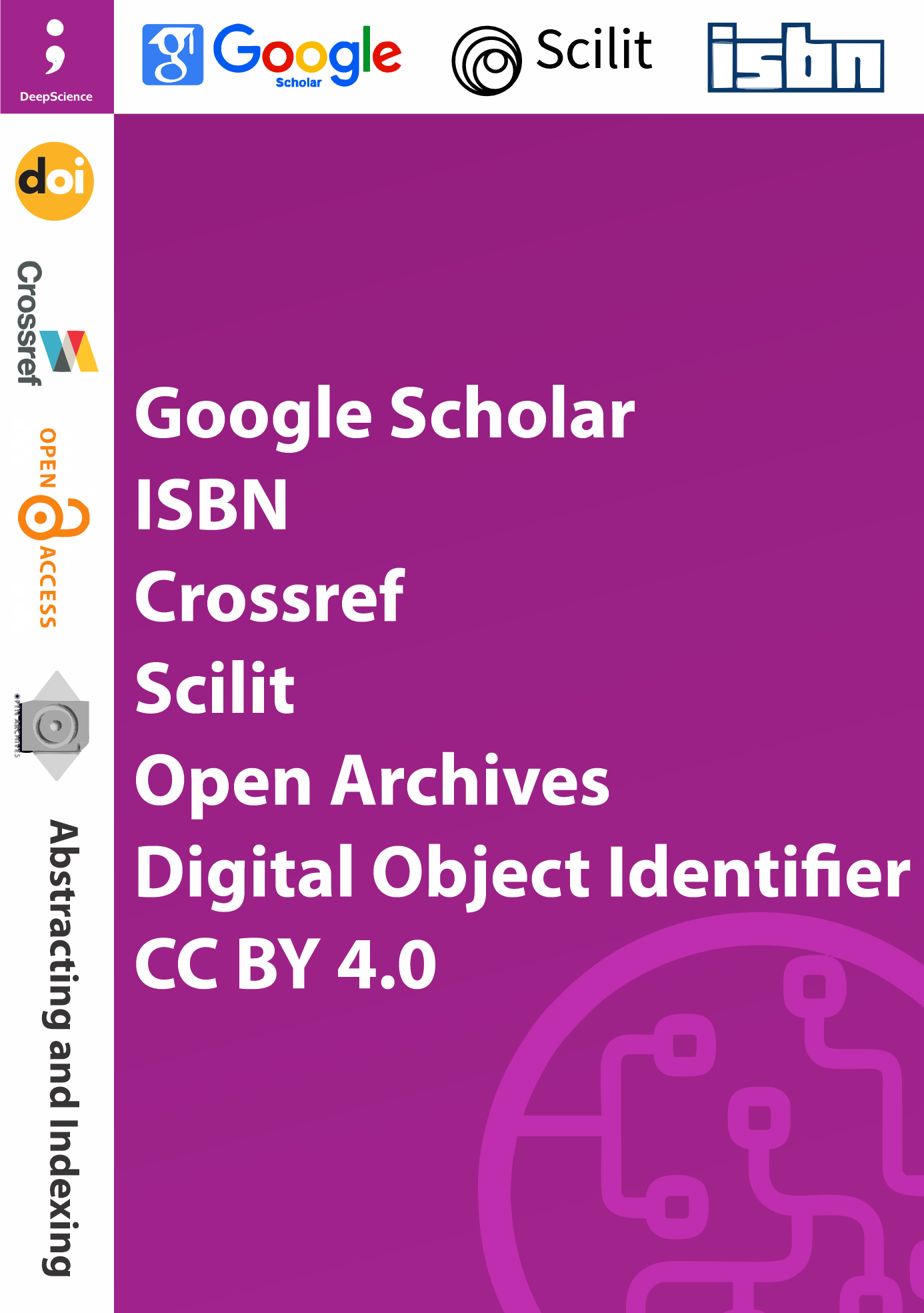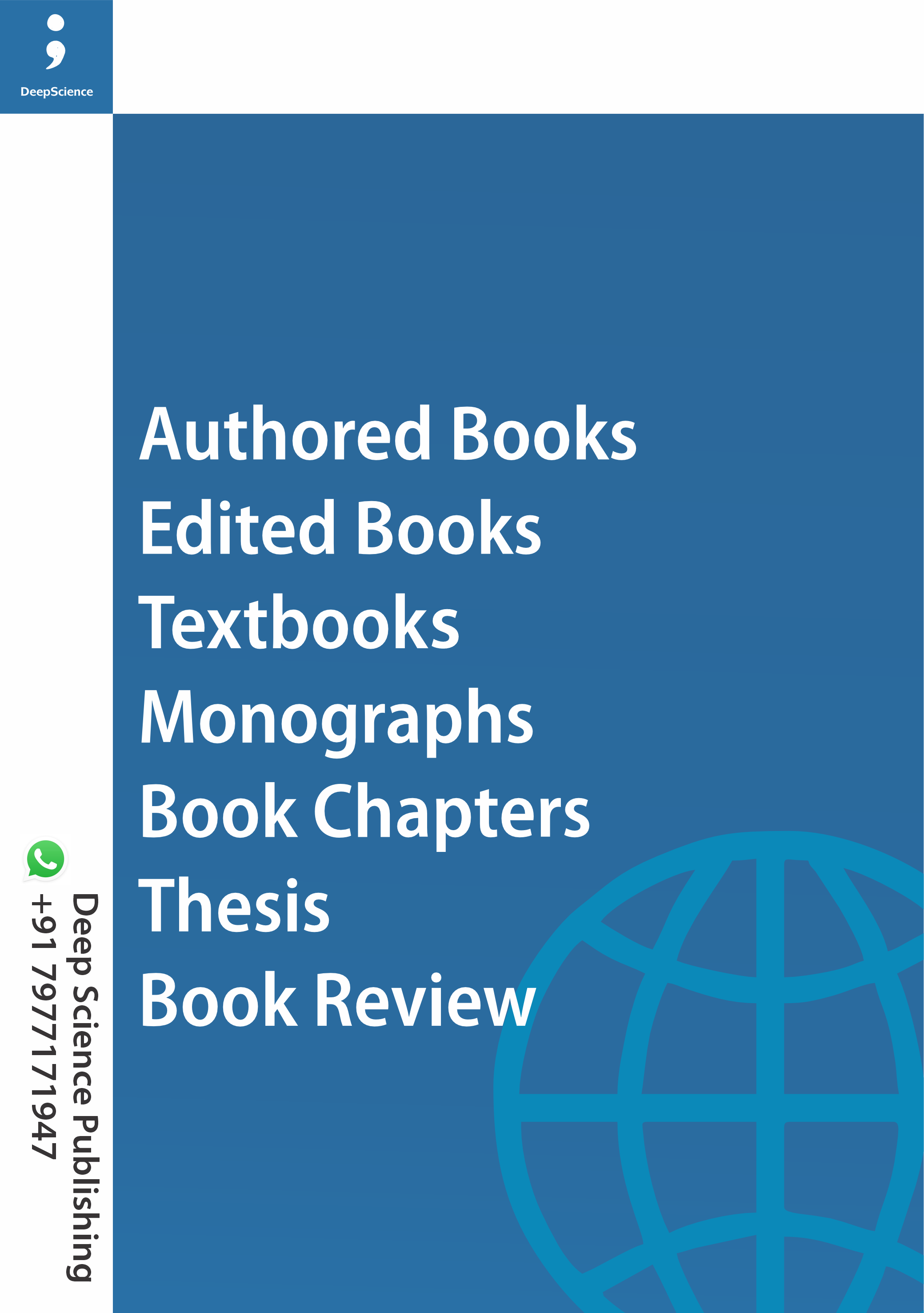Effect of Flipped Classroom Approach on Academic Achievement, Prosocial Behaviour and Study Habits
Keywords:
Flipped Classroom, Blended Learning, Academic Achievement, Prosocial Behaviour, Study Habits, Education, Digital LearningSynopsis
The 21st century's educational system is constantly evolving. The education sector faces ongoing problems as a result of education 4.0 and industry 4.0. To stay up with the changes, educators and students must make constant revisions. Two alternative learning pedagogies that appeal to tech-savvy students in the twenty-first century who would rather listen passively than actively participate in class are blended learning and the flipped classroom approach. The current generation of students is not interested in using print textbooks as their only learning tool, hence the traditional classroom does not work for them. These days, colleges and universities provide a variety of online courses that students can finish at their own leisure.
Students are comfortable with technology, but for socioeconomic and cultural reasons, they are not guaranteed access to ICT-based self-learning. Both blended learning and the flipped classroom approach have unique benefits, but they also have drawbacks. The flipped classroom technique is examined in this thesis, including with its advantages and disadvantages for teaching and learning, particularly during the COVID-19 period when lessons were entirely conducted online.
By making its citizens civilized, cultured, capable, and productive via the development of the proper knowledge, attitude, skills, and values necessary for coexisting peacefully, education prepares the way for a safer and more tranquil world. In its purest form, education ought to enable people to make sense of their values, make thoughtful decisions while considering the ramifications of their choices, choose peace over violence, and be peacemakers rather than just peace consumers. In order to achieve "Vasudhaiva Kutumbakam" in its truest sense, education for peace aims to cultivate the appropriate knowledge, abilities, attitudes, and values. Within a framework of moral and human values, education for peace promotes children's physical, mental, emotional, social, and spiritual development and uplift.
Chapter first deals with conceptual framework of the study. It describes background of the study starting from introduction, need of the study, research questions, statement of the problem, operational definitions of the key terms, formulation of objectives, hypotheses, and delimitations of the study.
Chapter second deals review of related literature that provides a detailed report of different committees, commissions and research studies conducted abroad and in India related to this field. This critical review of the related literatures provides a vision to the researcher in the direction of achieving her goal.
Chapter third deals with the design of the study that comprises detailed record of the whole plan of study.
Chapter fourth devoted to the data analysis and interpretation of the data.
Chapter fifth devoted to overall results of the study, conclusions, application, recommendations along with suggestions for further researches, limitations of the study and summary.
References
Adams, J., Khan, T., Raeside, R., & White, D. (2007). Research methods for graduate business and social science students. California: Sage Publications.
Aggarwal, Y. P. (1986). Statistical methods, concepts, applications and computations. New Delhi: Sterling Publication.
Alderson, J. C., Clapham, C., & Wall, D. (1995). Language test construction and evaluation. Cambridge: University Press.
Afzali & Izadpanah,S. (2021): The effect of flipped classroom model on Iranian English forking language teamers: Engagement and motivation in English language grammar. Cogent Education, Volume 8, 2021.
Andersen, D.T., Foss, K. K., & Jespersen, P. (2017): Flipping the classroom in physics in primary school. Retrieved from https://www.ucviden.dk/portal/da/publications/ flipped-learning-i-fysikkemi-i-udskolingenflipped-learning-in-physics-insecondary-school
Angadi, N., Avinas, Snetty, K. and Hosmilkar, H. (2019): Effectiveness of Flipped classroom as a teaching learning method among undergraduate medical students: an interventional study.
Altherr, S., Wagner, A., Eckert, B., & Jodi, H. J. (2004). Multimedia material for teaching physics. European Journal of Physics, 25(1), 7–14. Doi:10.1088 /01430807/25/1/002.
Abeysekera, L., & Dawson, P. (2014). Motivation and cognitive load in the flipped Classroom: Definition, rationale and a call for research. Higher Education Research & Development, 34(1), 1-14. Doi:10.1080/07294360.2014.934336
Alvarez, B. (2012).Flipping the classroom: homework in class. The Education Digest, 77(8), 8-21.













